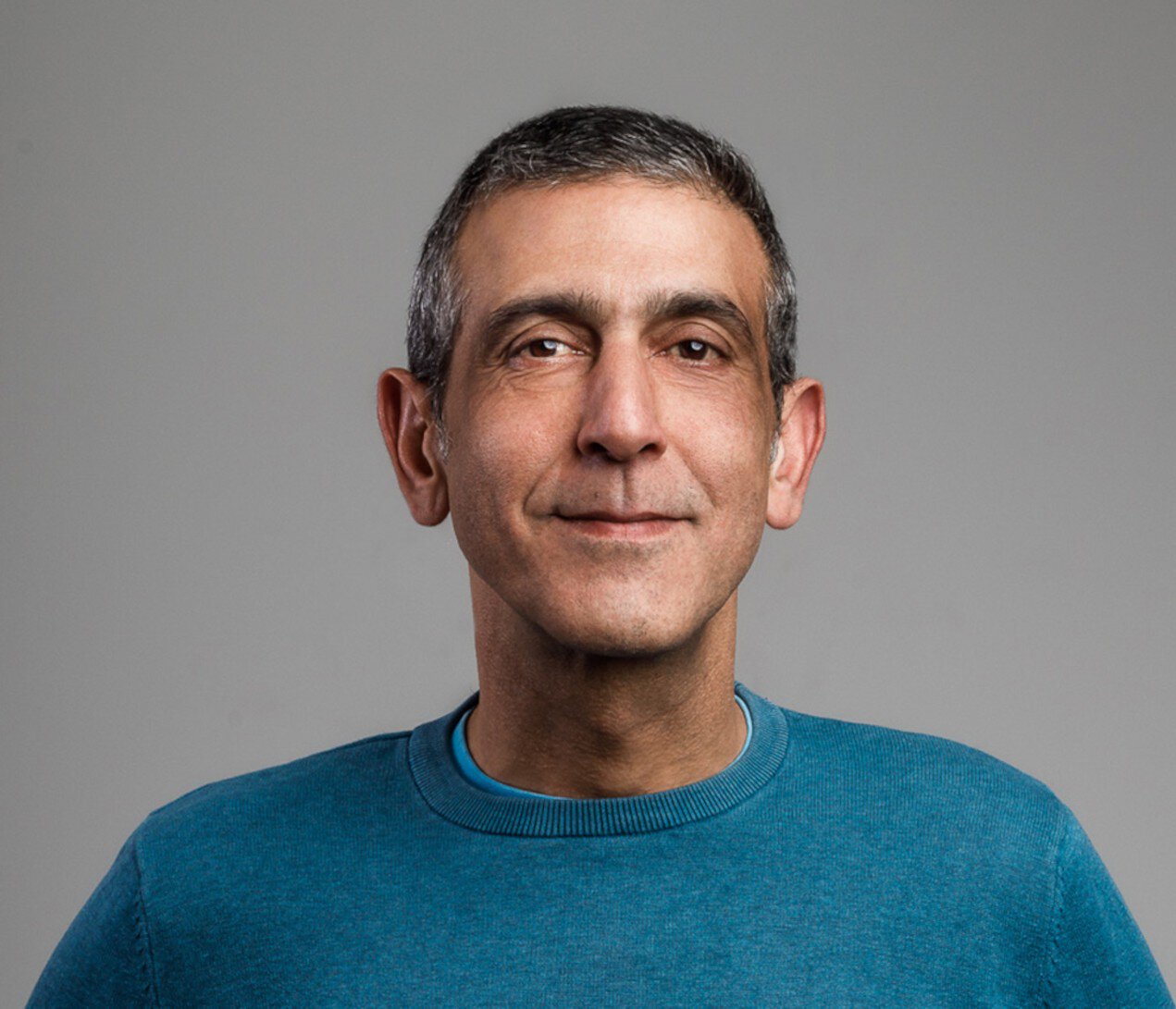From the lab to clinical practice
Many technology trends in the biomedical field are driven by photonics. The European Conferences on Biomedical Optics ECBO 2025 provides deep insights. In our interview, conference chair Hamid Dehghani highlights the most important trends, including wearables, marker-free live imaging from living cells, and the ever-widening use of artificial intelligence.
European Conferences on Biomedical Optics ECBO 2025
Hamid Dehghani, Professor of Medical Imaging, University of Birmingham
Where does ECBO 2025 focus its content?
At our conference it is all about translating technology from the laboratory into the clinic. The World of Photonics community has been working diligently in the last decades in developing the technological foundations. We´ve been testing these technologies in the laboratories to look at their robustness, effectiveness and accuracy. Now we can build on this foundation: more and more solutions from the field of biomedical optics are being transferred into clinical practice. There will be many exciting sessions on this year’s ECBO, where experts are reporting on clinical applications, clinical outcomes and clinical viability.

Do you have some examples of technologies that are taking the step into the clinics?
Absolutely. At our sub-conference on translational biophotonics it’s all about diagnostic and therapeutic value of biophotonic devices. Here, we will be seeing some truly exciting work in which people are using intraoperative optical techniques for surgery to detect and remove cancer. Others will be presenting solutions for in-vivo diagnostics and monitoring e.g. looking at tissue function and stretch, and ex-vivo diagnostics including micro- or nano-sensors, to name a few examples. Another sub-conference offers an in-depth look into Diffuse Optical Spectroscopy and Imaging. Within this conference there are some really exciting sessions including novel brain imaging. People are developing and applying this technique to examine brain function and brain health. These new technologies are providing us with ever better insights and a deeper understanding of how tissues and cells function – even by looking at mechanical and biophysics to see how the structures of tissue and cells are contributing to tissue health. Of course, the whole concept of high-resolution imaging is moving forward dynamically. But now we are seeing more and more label-free non-destructive approaches in live cell imaging. In order to learn more about the processes in living cells you don´t want to interfere with the ongoing processes. The overall benefits are lower costs, faster diagnoses and, above all, improved treatment of diseases thanks to more in-depth knowledge.
Are there currently some exciting technological trends in your photonics segment?
An important trend is that we are making biophotonic devices wearable. This allows us to monitor patients around the clock – virtually without them noticing, without upsetting them or disrupting their routines. This improves the clinical outcome. It is also an important trend that we continue to push the boundaries. We are getting increasingly functional imaging with ever higher resolutions. Here is our photo-acoustics conference to note. Because the combination of ultrasound and light-based diagnostics delivers high resolution and functional information. And as in any field of technology, artificial intelligence is making rapid progression into our research. We are seeing great progress. We can better streamline the information that we can extract from our data. Image processing and interpretation is speeding up and getting more objective. AI helps us characterize diseases, especially because the database is growing rapidly. We see this trend in all areas of biomedical imaging, and applications such as computational pathology are emerging that are having a major impact in everyday clinical practice and research. Thanks to the rapid growth of knowledge, we are also gaining a better understanding of how to develop AI algorithms to serve our purposes better. Our community is not only using AI but also contributing to AI.
Will there be special highlights at the conference that you would like to point out to the LASER community?
There are two highlights that I would really like to promote. The first one is our ‘Hot Topics Session’ on Sunday, which is ECBO’s first day. Here we have invited speakers for each of our sub-conferences. They will give an overview of the state of the art and upcoming trends in their disciplines. Even those unfamiliar with the subject can gain a good overview here. Also, young scientists can get an idea of where they would like to specialize. Of course, our special events are also useful for this purpose, as they provide opportunities for networking and personal conversation. The second highlight I would like to mention is our two highly distinguished plenary speakers, Irene Georgakoudi and Kishan Dholakia. Irene is a previous chair of our conference, and we are very glad to have her back. Her plenary talk on Monday morning will provide deep insights into her research of “Label-free two-photon microscopy for dynamic imaging of cellular metabolism and matrix remodeling in living tissues”. With this, she is setting the stage for the important technology trend to non-destructive in-vivo imaging. Kishan Dholakia’s plenary lecture entitled “Optical Frontiers in Reproductive Health: Imaging, Manipulation, and Measurement at the Start of Life” has my full curiosity. With his research he contributes to our understanding of cellular activities at the start of a human life. This has the potential to go far beyond what we already know.
For the program and all special events at ECBO 2025, please click here
